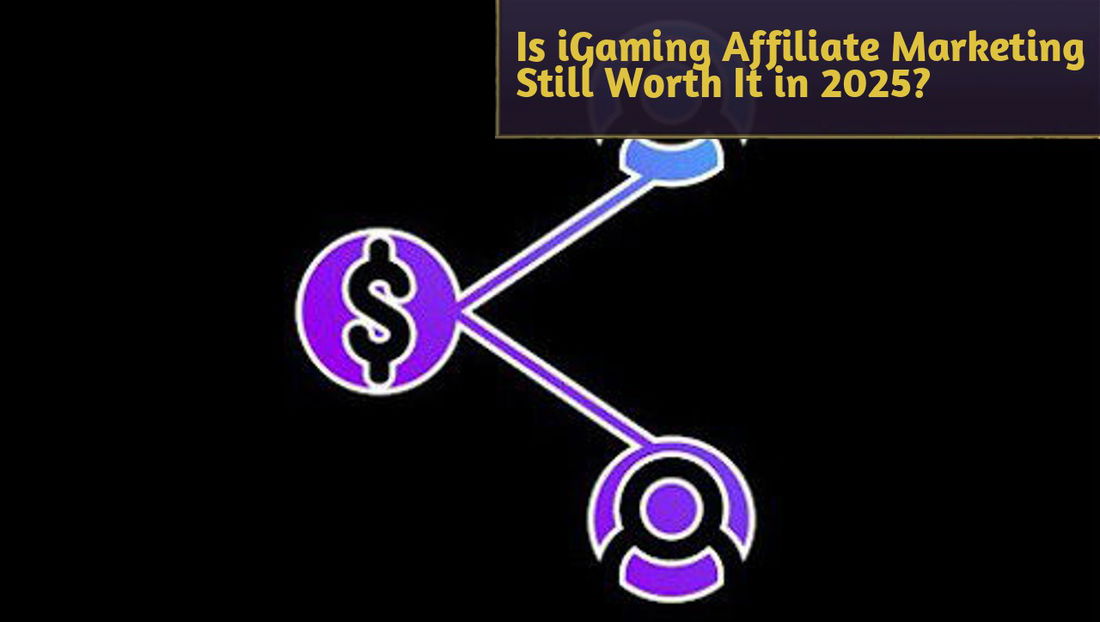That’s what Hollywood made us believe. But the reality is that tarot cards weren’t originally created for divination. What is more, you should actually seek the roots of tarot in the niche of…gaming.
Wanna know more?
The Game Came First…
The deck was first used in the territory of Europe. In the fifteenth century (in France and Italy in the first run), people were fans of the game called “tarot” in the French language and “tarocchi” in Italian. The first cards had beautiful illustrations and had four suits, like the playing cards that we use in modern days. Plus, the cards also comprised a set of special cards (22) known as triumphs or “trionfi” that have eventually turned into what we call the Major Arcana.
As for the game of tarot, it was a kind of trick-taking card game. If you ever played spades or bridge, you know the process. The triumph cards served as permanent trumps, i.e., in the regular suits, they could beat any card. The game had many different forms. As for today, people still play it in Austria, some parts of Germany, and France.
Tracing the Evolution of the Deck
As time was passing by, not only mystics but artists too began to see more symbolic meanings in every card of the deck. By the eighteenth century, the deck was a divination tool, especially in the hands of those who were part of occult groups. That is when the deck of tarot cards that we know today was born. It became an instrument for storytelling, self-introspection, and gaining spiritual insights.
However, the original connection between the tarot cards and a game was always there. Besides, the designers of modern card games actually used a tarot deck as their inspo. For instance, there is a solid historical link between tarot and the conventional deck of fifty-two cards that people use in dozens of games all over the globe. Whether you’re reading tarot cards online with top tarot readers from TarotAtlas, for example, or in person, you surely notice both decks have a four-suit structure and similar court cards like queens, kings, and jacks. As for the joker in today’s decks, historians believe that these cards originally came from The Fool – a tarot card that usually stands outside the traditional hierarchy and has special rules in gameplay.
Ad
How About Modern Gamers?
Let’s face it: tarot cards have made a great comeback in recent years. Just like centuries ago, folks are still exploring their feelings and thoughts, hoping to gain a little insight into what’s hidden from human eyes. Consulting accurate and personal tarot services is one of the best ways to make sense in today’s increasingly chaotic world. And the best part is that tarot has become an essential part of both the spiritual and gaming niches. A lot of video and tabletop games now have themes that were inspired by tarot. Moreover, many of them even have full decks as part of the gameplay. Just take a look at:
● Persona series. It uses archetypes from the tarot cards to represent the personalities of different characters and show the kind of strengths each has.
● Dragon Age: Inquisition. It’s character loading screens that hook your attention because they are designed like…tarot cards! Each symbolizes growth and decisions.
● The Binding of Isaac. In this game, tarot cards are the items you, as a player, have to collect to get powers.
● Hand of Fate. This action RPG is also tarot-based. In the game, tarot-like cards determine the challenges you face, together with the encounters, fate, etc.
● Cultist Simulator. Are you a fan of games of mysticism and lore? If yes, Cultist Simulator is the answer. You’re going to enjoy all the card combinations (many tarot-themed) and the way they unlock hidden truths.
● The House of Da Vinci. The House of Da Vinci is a puzzle game that has a range of Renaissance visuals and various esoteric symbols, each being deeply rooted in tarot.
Ad
● The Arcana: A Mystic Romance. What players love about this game is that it reminds them of the cards that are related to the game plot.
● Cyberpunk 2077. Across the city, you see a lot of tarot graffiti. It represents the Major Arcana, and your special mission is to collect all the scattered graffiti to create a logical narrative.
● Destiny 2: Season of the Lost. The players are required to deal with tarot-style lore cards and themes that are an essential part of the game’s seasonal content.
● Inscryption. If you’re looking for a tarot-like dark symbolism, Inscryption game is known well for its mystery in everything, from visuals to narratives.
The connections between tarot and the games listed above prove that cards keep on metamorphosing. Today, it’s not just a tool to check the future or your inner self, but a helper in storytelling and a source of creative inspiration.
The Power of Play and Symbolism
As we’ve mentioned above, a lot of tarot symbols have become part of table games, video games, fantasy settings, etc. The best examples of such interconnection are as follows, as also explored in this article on tarot in video games:
● The Cup. It is the symbol of emotions and healing, often seen by players as a magical item or quest object.
Ad
● The Sword. This one is the representation of power and conflict. You can use one as a weapon or a symbol of justice in the games from the niche of RPG.
● The Pentacle. The very first association that comes to mind is earth, wealth, and protection. The card echoes in games through crafting symbols, coins, magic sigils, etc.
● The Wand. It talks about creativity, magic, and willpower. A real staple in magic-based games.
● The Tower. When it comes to the symbol of destruction or sudden change, The Tower is the one. All the climactic battles and story twists stand behind it.
● The Fool. All the new beginnings and unpredictable things come from The Fool. As a rule, it appears as a rogue character or an ‘ingredient’ of a chaotic plot.
● The Moon. This card is usually related to mysteries and illusions. It may be a frequent theme in stealth levels or dream sequences.
● The Sun. The best sign of success and clarity. The symbol of awakening. The Sun is used in game design to provide players with the representations of health, hope, triumph, etc.
● The Wheel of Fortune. Luck, fate, or cycles stand behind The Wheel of Fortune. It usually appears in games where randomness or/and fortune systems are key elements.
Ad
The symbols given above are just a couple of examples that take both storytelling and gameplay to the next level, creating better thematic and emotional links between you (the player) and the game experience.
The Game Isn’t Over
Tarot cards are more than just a fun pastime or an instrument to see what tomorrow is about to bring. They are creative treasures and game pieces that shifted from game nights in private houses in Renaissance Europe to cyber adventures in a gadgetized world. Whether you are just having fun at the end of a busy day (to get a quick insight) or trying to unwind with the help of a tarot-themed computer game, you become part of the centuries-old tradition that continues to inspire both seekers and players.





— Comments
0Be the first to comment